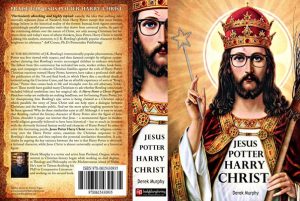My verse for the day is 2 Peter 1:17
For he received from God the Father honour and glory when such a voice came to him from the Excellent Glory: “This is my beloved Son, in whom I am well pleased.”
The author is describing a visionary experience. While most of us familiar with the Bible have probably assumed the author is referring to the Transfiguration scene in the synoptic gospels, a more attentive reading suggests that this passage is independent of the synoptic scene, and that the synoptic authors more likely created their transfiguration scenes from a tradition of visions such as we read here in 2 Peter. (My point is not to argue that particular case here, but one argument for it is available online here.)
A little while ago I was discussing Paul’s visionary experiences and comparing them with the sorts of vision we also find described in the Ascension of Isaiah. I have since created a special archive for my posts discussing visions, and this post about the vision in 2 Peter will join that archive.
The detail in 2 Peter 1:17 that has been quietly tapping away in the back of my head is the refrain: This is my beloved Son, in whom I am well pleased. Continue reading “The Suffering Son Revealed in Vision?”



 René Salm discusses Nazareth and Nazarenes, James and Paul, Christianity and Buddhism, and Ventures Old and New
René Salm discusses Nazareth and Nazarenes, James and Paul, Christianity and Buddhism, and Ventures Old and New
 This post is a continuation of Earl Doherty’s responses to James McGrath’s
This post is a continuation of Earl Doherty’s responses to James McGrath’s 
